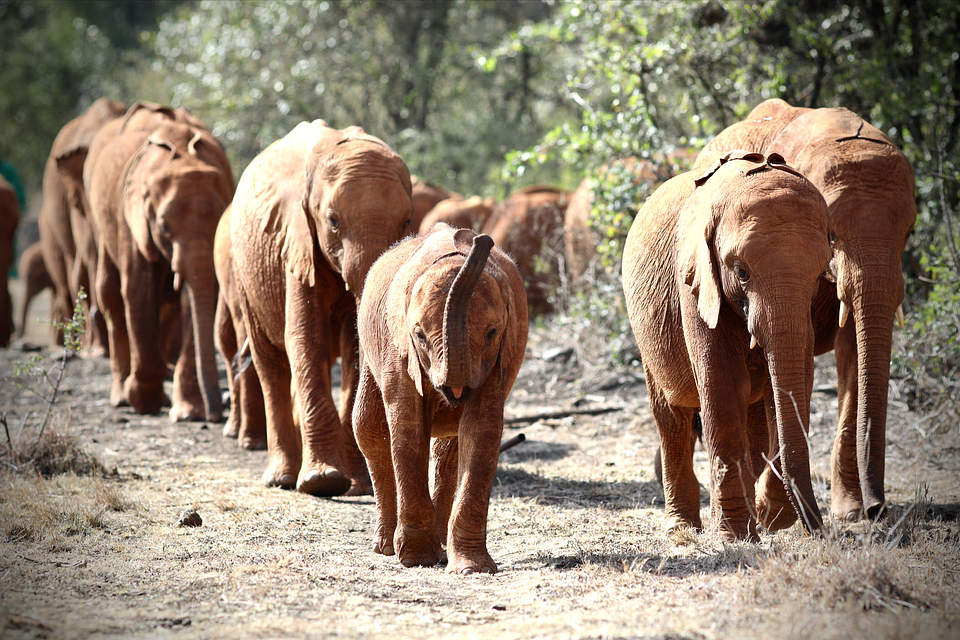Nestled in the dense underbrush of Ol Malo, a small elephant has managed to elude the casual observer’s eye, blending seamlessly into her surroundings. At first glance, one might easily overlook her presence, but she is indeed there—small, determined, and surprisingly adept at camouflage. For several days now, this young elephant has made the shrubby terrain her temporary refuge in a bid to protect herself while remaining vulnerable to the ever-present dangers of the wild.
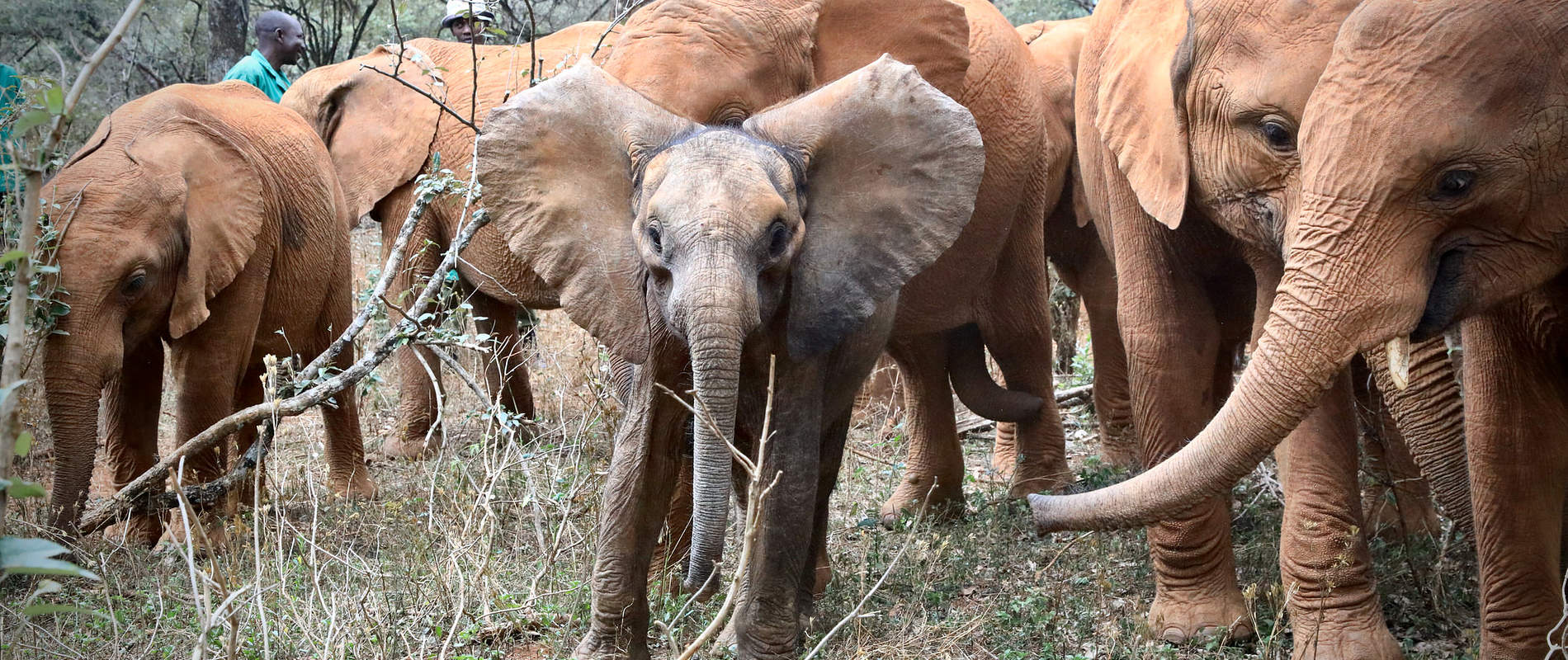
Ol Malo, a breathtakingly beautiful yet rugged region, is known for its rich biodiversity, but it also presents a harsh environment for a juvenile elephant separated from its herd. The reasons for her separation might range from natural dispersal to human disturbances or even predation threats. Whatever the cause, her situation underscores the perils faced by young elephants in vast African landscapes.
Her small size is both a blessing and a curse. It allows her to hide effectively behind scant cover, making it difficult for predators and humans alike to spot her from a distance. This natural instinct to seek refuge and remain inconspicuous is a testament to her survival instincts. However, her size and the lack of a protective herd also leave her susceptible to threats from predators and environmental hazards.
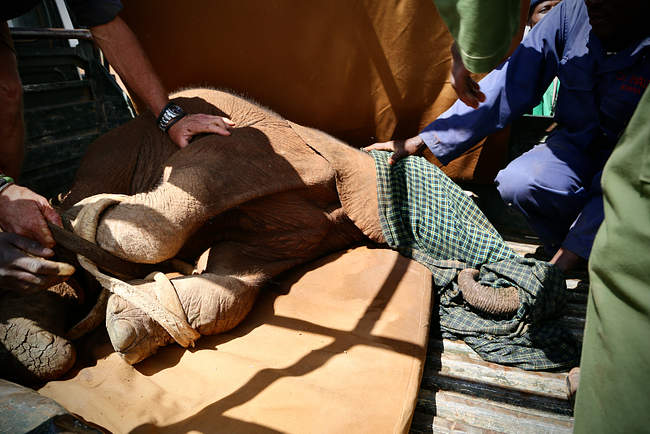
The young elephant’s determination to stay hidden reflects a deep-seated will to survive against the odds. Observers might note her careful movements and the intelligent use of the landscape to shield herself. Yet, despite her efforts, she remains immensely vulnerable. Without the protective circle of a herd, young elephants like her are at a heightened risk of falling prey to predators or suffering from malnutrition.
Her prolonged stay in the bushes of Ol Malo raises concerns about her health and long-term survival. Elephants are social animals, relying heavily on their herds for emotional support and learning essential life skills. The isolation could impede her social development and affect her ability to reintegrate with a herd if she survives these critical early years.
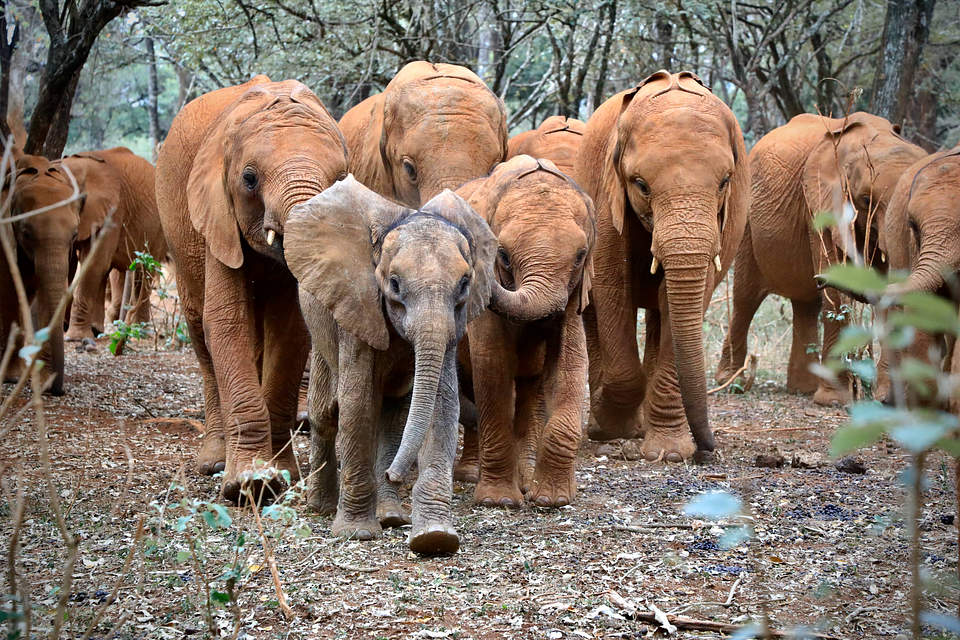
Conservationists and wildlife enthusiasts who understand the precarious situation of such young elephants emphasize the importance of monitoring and, when necessary, intervening in cases like hers. Rescue operations by wildlife conservation organizations can provide young, vulnerable elephants with the medical care and rehabilitation they need before rejoining their kind in the wild.
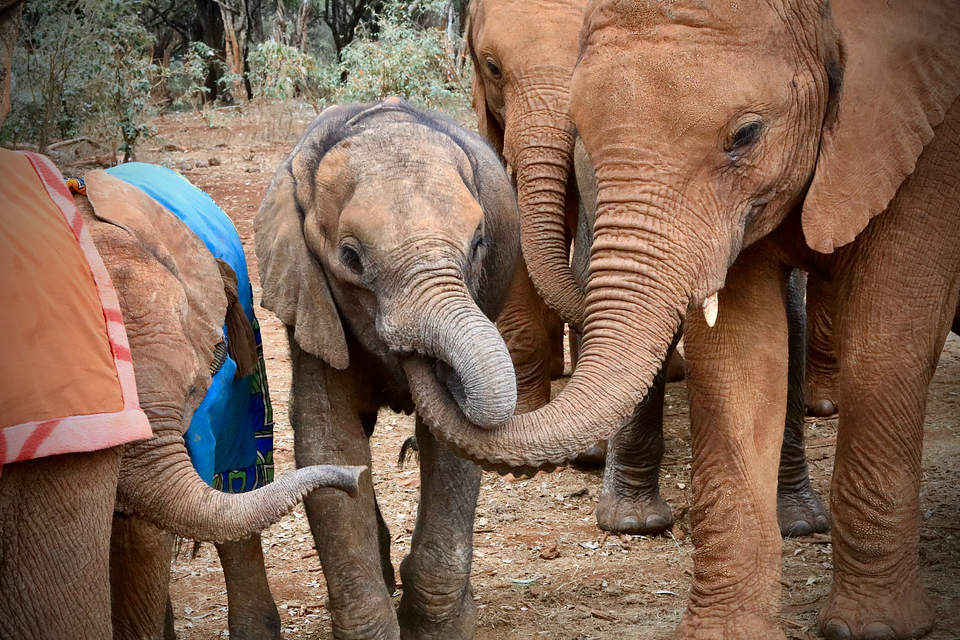
The hidden elephant of Ol Malo serves as a poignant reminder of the resilience and vulnerability of wildlife. Her struggle is a microcosm of the broader challenges facing elephant populations across Africa, including habitat loss, human-wildlife conflict, and poaching. It is a call to action for conservation efforts to ensure that these majestic creatures continue to thrive in their natural habitats, safeguarded by both local and global support.
